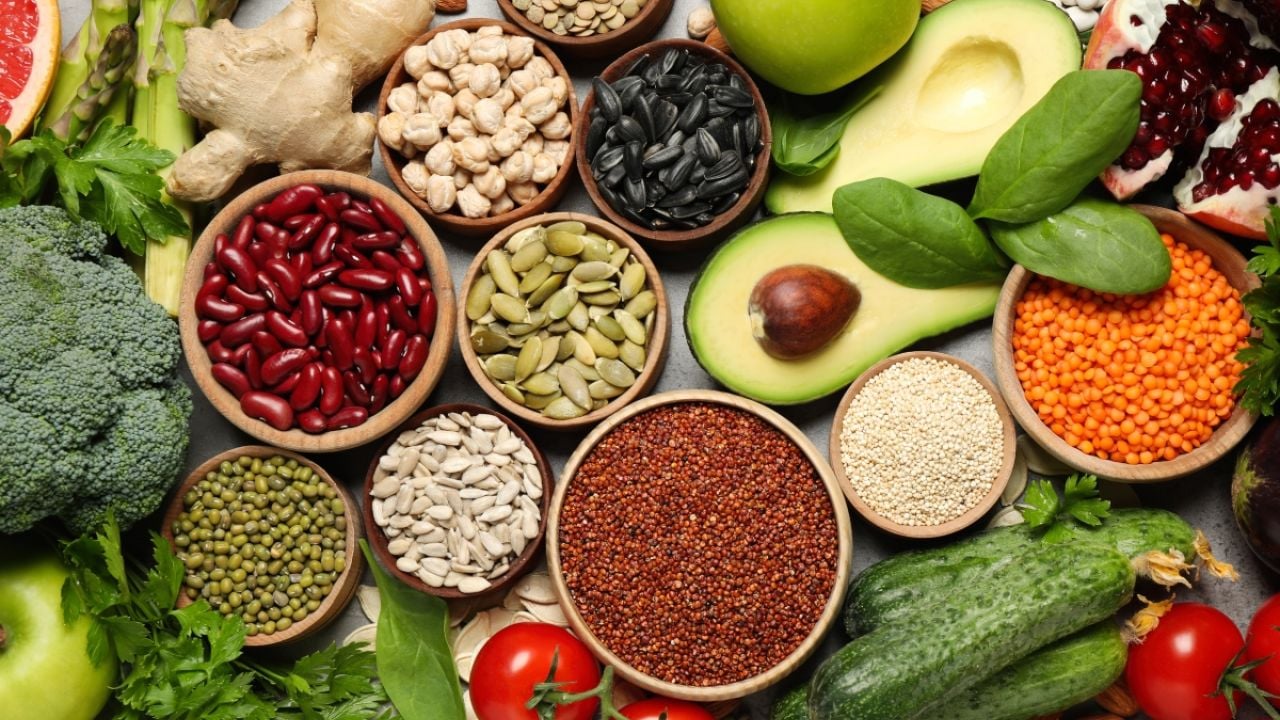Major USDA conservation program must change to prioritize climate stewardship

Displaying 7249 - 7272 of 7434

|
Practice or enhancement code |
Practice or enhancement name |
|
E612133X1 |
Adding food-producing trees and shrubs to existing plantings |
|
E612D |
Adding food-producing trees and shrubs to existing plantings |
|
E528O |
Clipping mature forages to set back vegetative growth for improved forage quality |
|
E32 |



With Halloween around the corner, many kids will use face paint as the perfect finishing touch for their costumes. It’s a popular alternative to costume masks, which can obscure children’s vision on...

EWG news roundup (10/28): Here's some news you can use going into the weekend.







EWG news roundup (11/18): Here’s some news you can use going into the weekend.






On Thursday, EWG released a new geospatial analysis that finds over 2 percent of North Carolina’s 7,352 swine and poultry factory farms are in or just outside floodplains. When these farms flood, they...


Some people think the biggest problem facing legislators updating this year’s farm bill is that we’re spending too much on feeding too many hungry people.

